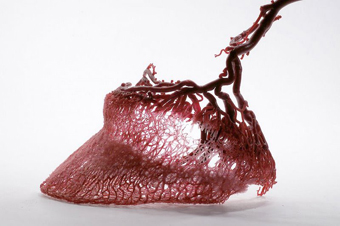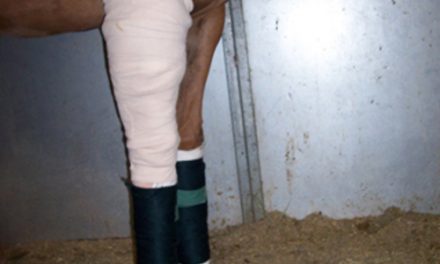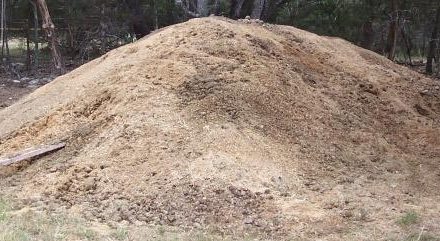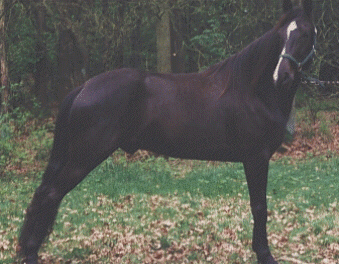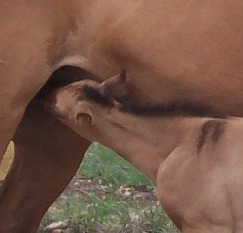THE WAY OF HORSES
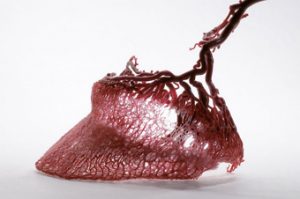 A horse that constantly walks his stall is an annoyance. The bedding gets piled along the walls, manure gets ground to bits, stall mats shift and weight loss can be a problem.
A horse that constantly walks his stall is an annoyance. The bedding gets piled along the walls, manure gets ground to bits, stall mats shift and weight loss can be a problem.
Keep in mind he is not doing it to annoy you – horses need to move and confinement is not natural.
How does the blood in the hoof defeat the law of gravity and return to the body? The answer – movement and exercise.
Blood is moved within the body by three types of vessels: arteries, veins and capillaries.
1. Arteries transport the blood away from the heart. They have thick muscular walls which are able to contract and relax as the blood is rhythmically pumped by the heart. This movement is what is felt when the pulse is being monitored.
2. Veins carry the blood back to the heart and have thin walls that are less muscular than arteries. The return of de-oxygenated blood back to the heart depends on the movement of muscles.
3. Capillaries are very tiny microscopic thin tubes that form a network between the arteries and veins. The thin-walled capillaries allow the exchange of gasses, waste and nutrients between the circulatory system and body tissues.
Due to the pumping heart, blood has no trouble getting from the heart and to the lower limbs of the healthy horse via the arterial system. Upon reaching the hoof, arteries divide and branch off providing blood to the sensitive laminae, sole and bones. A network of capillaries provides nutrients to the tissues.
The blood that has delivered oxygen and nutrients to the hoof now has to return to the heart via the veins.
Within the hoof small veins form a network or plexus which collects the de-oxygenated blood. Veins have no ability to contract so they depend solely on the physical movement of the structures within the hoof to move the blood.
Also within the hoof is a pad of tissue that is a network of tight interlacing fatty fiber which is called the digital cushion. It is above the frog and fills a large cavity. When a horse puts weight on the hoof the frog and digital cushion are compressed or squashed. The frog pushes on the digital cushion, and it pushes outwards against cartilages, which in turn puts pressure on the veins, squeezing the blood upwards and toward the heart. Each step squeezes more blood upwards and forces the blood to keep moving up the leg.
When the foot is raised (no weight) the veins relax and blood is pushed in from the arteries – ready for the next step to squeeze the blood back toward the heart.
The “pumping” action of the frog is critical to the activation of the digital cushion. You should ask your farrier not to trim the frog. Clean off the loose or shedding material, but do not pare down the frog.
In the upper leg and body venous blood flow depends on the contraction of muscles to aid in the transport of the blood back to the heart. One-way valves prevent the blood from returning to the hooves.
This continuous blood flow within the hoof also protects the fragile coffin bone from concussion.
A horse stalled for a long period of time is going to incur pooling of blood in the hooves. Lack of blood flow can cause navicular disease, laminitis, poor hoof quality and overall blood pressure problems within the body.
The pacing, weaving horse is telling you he needs to move – it’s for his health and wellbeing.
* Photo of a model showing the vessels within the hoof used with permission from Dr. Christoph von Horst www.plastinate.com
* Earn a Bachelor of Science Degree in Equine Studies or certification as a Professional Horse Trainer or Riding Instructor. Start your new career as a riding instructor, horse trainer, or stable manager. All courses are online. Visit www.horsecoursesonline.com for information.

